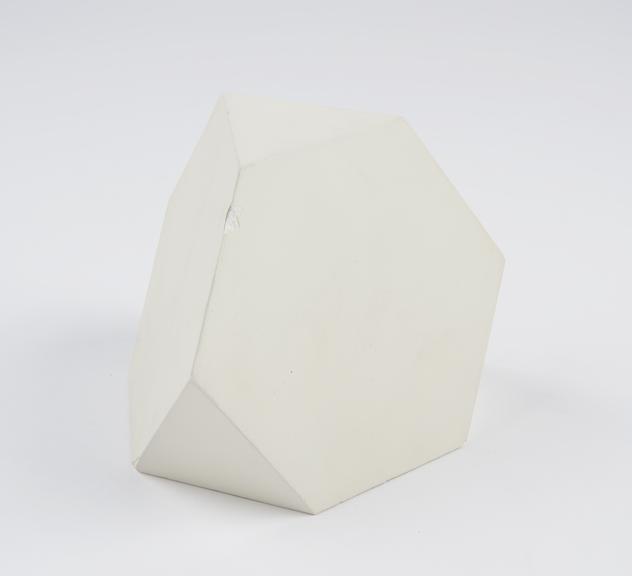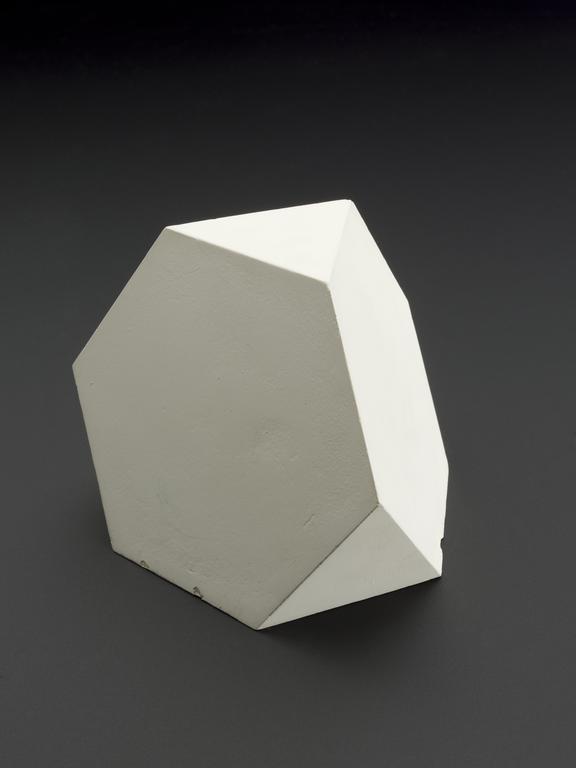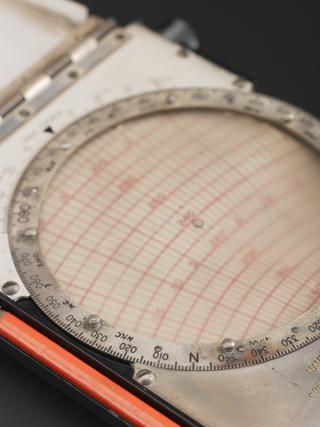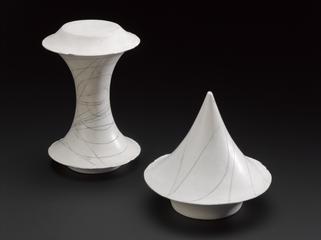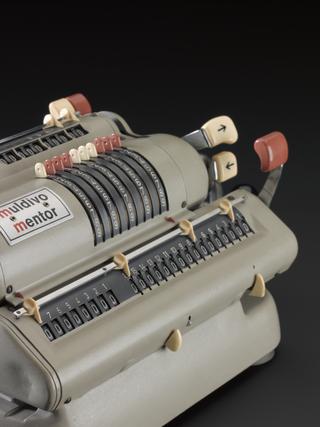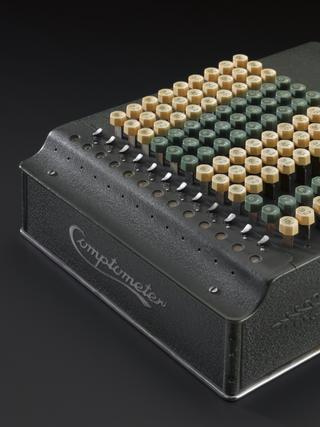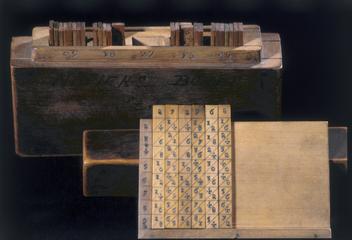
Catalan collection of semi-regular polyhedra
- maker:
- Charles Delagrave, Charles


Catalan collection of semi-regular polyhedra; plaster model; octahedron
The introductory object representing beauty is appropriately based on Greek mathematics, as the Greeks were especially interested in harmony and order in nature. Theodorus, who was mentioned by Plato, studied the square roots of numbers up to 17, finding that many of them ‘had no common measure’, a concept already familiar to Indian mathematicians. He is thought to have represented these numbers in a ‘wheel’ or spiral. The bright yellow triangles have sides in the ratio 1:1:2. The adjacent triangles have sides 1:2:3; the next have sides 1:3:4 (= 2), etc. The quilt was made by hand.
Details
- Category:
- Mathematics
- Object Number:
- 1876-698
- Materials:
- plaster-of-Paris
- Measurements:
-
overall: 236 mm x 236 mm x 236 mm,
